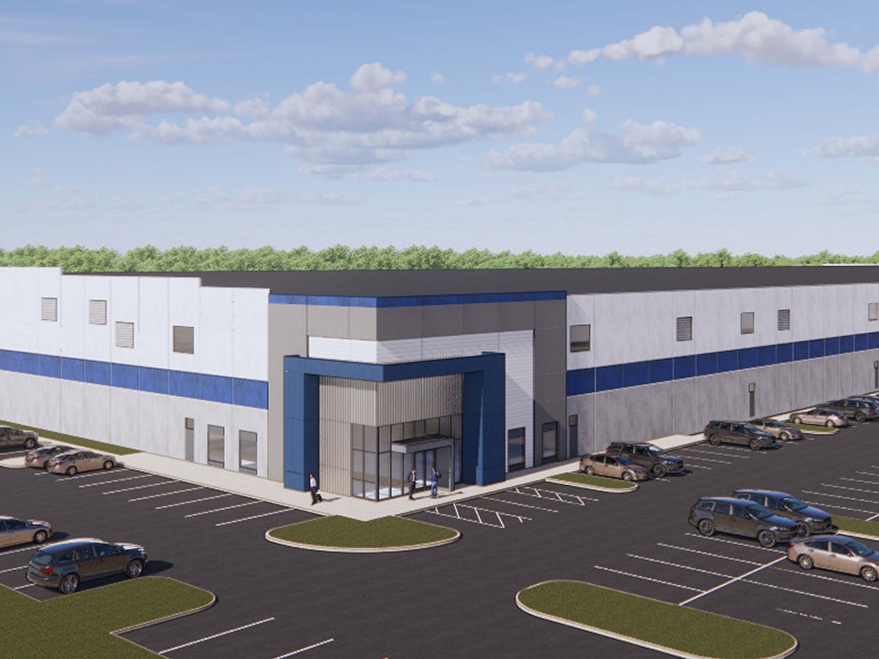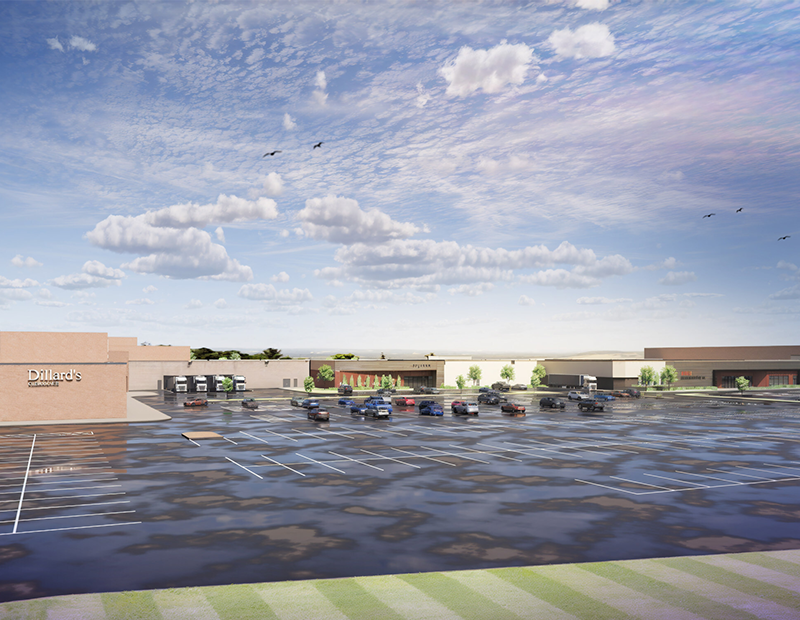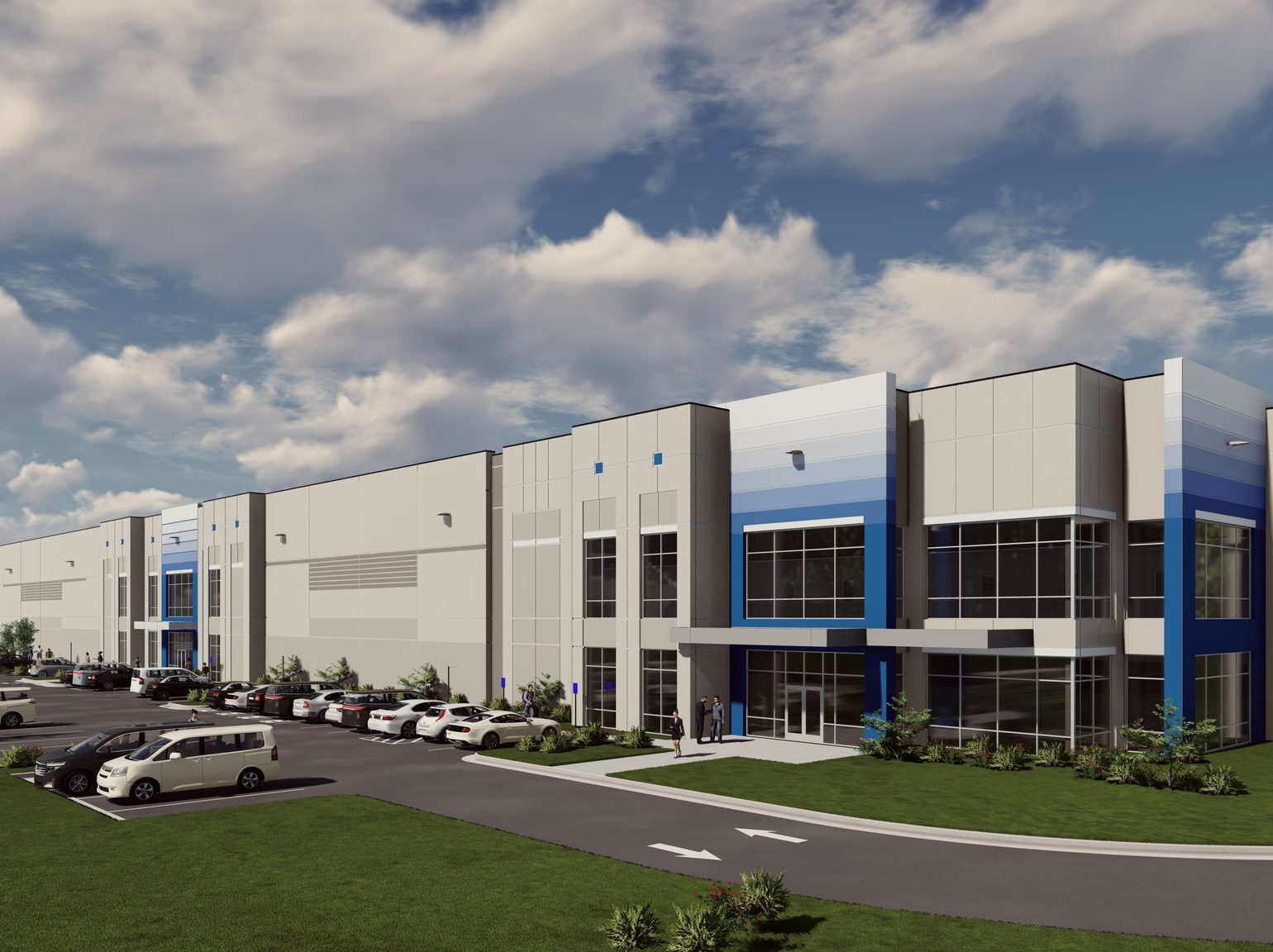CPE Asks: When Will It Be a Good Time to Invest in Retail?
Veteran executive Gary Rappaport provides an overview of the sector and discusses investment strategies that work.

Gary Rappaport is an author and CEO of Rappaport, a retail real estate company he founded almost four decades ago. Image courtesy of Rappaport
Retail has always been a dynamic sector, constantly shaped by shifting consumer preferences and global economic forces. Nowadays, making well-informed investment decisions in this challenging financial environment can be extremely difficult, particularly for those who are new to the industry.
Seasoned veteran and book author Gary Rappaport has dedicated his career to retail real estate investing. Today, he is the CEO of Rappaport, a company that provides leasing, tenant representation, management and development services for roughly 15 million square feet of retail space throughout the Mid-Atlantic. He is also a former trustee and chairman of the board of trustees for the International Council of Shopping Centers.
In this interview with Commercial Property Executive, Rappaport provides a comprehensive overview of the retail landscape, exploring key trends and market dynamics, essential for those who want to embark on an investment journey in the sector.
How difficult is it to invest in retail projects in today’s economic and financial environment?
Rappaport: Today’s economic and financial environment should cause every investor to be extremely cautious about investing new funds in any type of investment whether it is in equity, fixed income or even income-producing real estate.
The recent September jobs report suggests the economy continues to gain strength despite the Federal Reserve’s aggressive effort to increase interest rates for over a year and a half. Add to that rising oil prices, and we are likely to continue to experience elevated inflation, which will bolster the Fed to take a more hawkish stance. That means the probability is rising for another Fed rate hike in November or December of this year and perhaps another hike in January or March of 2024, which could result in the U.S. entering into a recession in the first or second quarter of 2024.
The Fed has raised its benchmark borrowing rate 11 times since March 2022 bringing its key interest rate to a 22-year high, and with every increase, the borrowing rate for businesses and consumers have jumped accordingly. While longer-term borrowing rates have reached a 16-year high, cap rates for retail properties have not risen commensurately as to attract more buyers. Some property types have experienced increased cap rates as Treasury bill yields have risen but we have not seen the retail property asset class we tend to acquire in our market at attractive enough prices for us to buy in 2023. Whether or not a recession is called next year, we expect that asking prices will come down for us to resume our acquisition strategy in 2024 or 2025.
When our buying resumes, we will have to be very cautious as to how to structure our returns in order to attract investors. Our typical deal has been an initial 8.0 percent annual return on invested capital, not counting the appreciation of the asset our investors get upon a sale or refinance. If interest rates stay high for a prolonged period of time, we will be competing with short- and long-term investment vehicles that offer a good interest rate of return, stability, low risk and liquidity.
Grocery-anchored retail has proven to be a strong performer during recessions. Tell us more about the type of assets that are most attractive for investors today.
Rappaport: One main factor that influences the viability of retail real estate, particularly grocery-anchored neighborhood and community centers—the CRE space we are in—is the limited amount of such shopping centers to locate stores in throughout the country and the continued appetite by the national and regional retailers to expand.
Retail vacancy continues to decrease at our properties and demand for leasing space is still very respectable. In addition to traditional retailers looking for space, new demand by other users that want to locate in today’s marketplaces, such as medical, entertainment, quick service restaurants, fast casual eating establishments, educational uses, and in some cases, residential multifamily, etc., have added to overall occupancy for open-air retail real estate.
There are plenty of existing retail properties that need reconfiguring, regenerating and re-tenanting. Investors and developers need to look at existing retail properties and plan to redevelop them for today’s market forces, perhaps adding more non-retail uses to complement the retail tenant mix, maybe converting some big boxes to smaller retail store space that is in high demand by today’s retail chains.
Today, retailers are curating their inventory with fast-moving merchandise and are pinpointing what customers want through their location-based research from their own proprietary online sales to stock smaller stores that can achieve more stock turns, resulting in higher sales, both in total volume and sales per square foot.
Of all types of real estate investments, I consider retail the most compelling for investors because of its risk-adjusted return. In the inflationary environment we experienced from all the disruptions of the coronavirus pandemic, retail is certainly not the sector that is most protected against inflation but it is the sector I feel gives the very best risk-adjusted return.
Retail is where we have the stability of long-term leases with anchors, usually credit-worthy tenants, and other shorter-term leases with small shop tenants. A good retail project typically has a good mix of credit-worthy tenants and the ability to increase rents on shorter-term leases.
Landlords of retail properties have several built-in mechanisms that help us weather an inflationary environment better than other forms of businesses. These include triple-net recovery of operating costs and property taxes, leases constantly rolling over where we can bring rental income to market rents, rent escalations and CPI adjustments in some leases and even percentage rent provisions, all of which act as a hedge against inflation.
READ ALSO: A Private Lender’s Perspective on CRE Finance
Is today a good time to start investing in retail? When do you expect conditions to improve?
Rappaport: I’m not sure that today is the best time to start investing but in a few months or a year from now, we anticipate that as retail property owners that are operating with adjustable-rate mortgages or their loans mature and have to refinance at much higher interest rates, more product will come on the market. Investors have to be ready to snatch up those opportunities. I’m not necessarily referring to opportunistic buyers looking for highly discounted distressed properties but properties that can use some redevelopment tactics, such as expansion, releasing vacancies and expiring leases at market rents, adding much needed non-retail uses, and other measures that helps us to increase the value of the asset.
What are some potential risks or challenges that investors should be aware of when entering the retail sector? Are there any strategies to mitigate these risks?
Rappaport: Don’t necessarily jump on distressed assets unless you understand what makes these properties distressed. Some are distressed simply because the new high interest that the owner is paying to service the debt has drastically reduced the cash flow these properties generated as recent as 2019 or 2021.
We can see signs of distress in CRE, primarily in the office sector but this can affect just about any property, particularly those with adjustable-rate loans or have loans that are maturing and have to be refinanced at today’s rates. However, the big wave of distress that everyone has been expecting hasn’t arrived yet. Maybe it will in 2024 or even then, we might not see the extent of distressed real estate on the market that opportunistic buyers anticipate.
All elements of sound investing in retail real estate applies when evaluating a potential shopping center acquisition whether or not it is distressed. Is the property well located? Can the property be repositioned? Is the market overstored or is there limited vacant land adjacent to major nearby thoroughfares for new competition to be built? Is the market growing, and can the annual household income of residents in the market support the revitalized retail potential?
The pandemic accelerated digital adoption and the rise of e-commerce. What does this mean for physical stores in the long run?
Rappaport: Both physical stores and online stores remain important drivers of sales, each with unique strengths. Today, most national and regional retail chains operate in both spaces and are doing quite well selling in both platforms. Our neighborhood and community shopping centers are experiencing the benefit from online transactions whereby customers sometimes order online and pick up at store, or they return goods at our stores. All of that brings more foot traffic to our shopping centers.
Some retailers tell us that their online data show that their customers are coming from an area where our center is located and they want to open a physical store at our center. That didn’t happen five years ago. Online sales are not decimating retail categories as they once did in the past with the trend to download rather than buy physical merchandise; although online sales growth continues to outpace physical store sales. Retail is always changing and retailers and customers are adapting to these trends.
As always, investors should seek risk-adjusted returns in retail real estate in properties that have a strong growing market, limited competition and where successful retailers are seeking to locate their stores in. All of our shopping centers are located in Washington, D.C., Maryland and Virginia, where there are about 400,000 federal workers, plus hundreds of thousands of military service members and government contractors. They don’t get laid off in tough times as is the case with the private sector elsewhere. We are not recession-proof but we certainly fare better during a recessionary environment than other parts of the country, even though we don’t experience the population growth that certain Sun Belt markets do.
According to the Wall Street Journal, retailers are on track to open 1,000 net new stores in the U.S. this year. What is fueling demand in the sector today? How can those who want to start investing in retail know where to invest?
Rappaport: Retailers are on track this year to open more stores than they’re closing despite the ripples in the economy but that ratio of store opening to closures is narrowing, and we have seen more closure announcements in the second half of this year than we saw last year. In this weakening economy, dollar stores, off-price retailers, discounters and warehouse clubs continue to open the most stores.
The Fed will continue to raise interest rates until inflation reaches the Fed’s target rate, and that may mean we’ll enter a recession. But a recession is always followed by a recovery and then a period of expansion. Investors have to look at real estate as a long-term investment. I still believe that the grocery-anchored shopping center is the best place for new investors who want to hold a direct ownership in commercial real estate to put some cash in next year or in 2025 as the economy improves because these are relatively safe investments with potential for growth. Another benefit to direct ownership also means that the property’s tax advantages from component depreciation can be passed on to the equity owner to shelter his or her personal income taxes from the distributions we return to our investors in the early years of their investment.
READ ALSO: What’s Hampering Retail Leasing?
Statistics provided by MSCI Real Assets show that of the $942 million in sales of distressed retail properties in 2023, two-thirds involved mall properties. What signals does this send to the market? To what extent is this eroding new investors’ confidence in the sector?
Rappaport: Investors need to understand that enclosed regional mall retail is very different from open-air convenience, neighborhood and community center retail.
The former tends to have very high occupancy costs due to its enclosed nature and these malls have retailers that primarily sell discretionary items. Much of the mall square footage is devoted to department stores, a category in flux, so redevelopment is needed at these large properties. Moreover, not all malls are in trouble. Class A malls have been thriving while Class B and C malls are struggling.
The sector I am in is the latter, open-air convenience, neighborhood and community centers where occupancy costs are lower than enclosed malls. Many of the tenants at our centers offer essential consumables and services, such as groceries, medication and dry-cleaning services. There is no erosion in investor confidence in the types of shopping centers we acquire and operate.
What investment strategies can those who decide to invest in brick-and-mortar properties adopt to be successful in the long run?
Rappaport: First, read my new book Investing in Retail Properties: A Guide to Structuring Partnerships for Sharing Capital Appreciation and Cash Flow – 3rd. Edition. Then, find a sponsor who is experienced, knowledgeable and one that you can trust. The latter is the most important factor. Read the offering memorandum from cover to cover. Ask plenty of questions. Visit the property and drive through the neighborhood. Will this property thrive in the years ahead? What strategy does the sponsor have for growing the asset value? It should be clear in the offering memorandum. After you have invested, read the monthly reports and stay on top of the progress.
With all the headwinds that the retail industry has had to face over the past decade, what proved to help most with its resilience?
Rappaport: Grocery-anchored shopping centers and triple-net restaurant pads leased to a strong chain with a solid balance sheet are indeed the least risky sectors of retail property nowadays.
While other CRE sectors, such as office and industrial have experienced supply-side booms since the Great Recession of 2008 to 2009, very little new retail space has been added, maybe in defense of the much-publicized retail apocalypse warnings.
Brick-and-mortar retail occupancy is basically supply and demand. With little added to the supply of new retail space from coast to coast over the past 15 years, and demand from non-traditional retail uses as well as some retailers fleeing from enclosed malls to open-air shopping centers, we have seen increased demand for open-air retail. Net absorption, particularly in the Mid-Atlantic region, has remained positive since the pandemic subsided where prime retail locations are hard to find, which are driving rents upward.
Considering current trends in the sector and how dynamic retail businesses typically are, what type of investors will want to enter the sector going forward?
Rappaport: The type of investors that will want to invest in direct ownership of retail property is a sophisticated investor, an accredited investor, a high net worth individual. These investors tend to minimize their risk by holding a well-diversified portfolio that closely mirrors the systematic risk of the overall market. Without a doubt, real estate is one important asset class that should be a part of every investment portfolio. Investors that don’t fall into these categories are better served by buying shares of a publicly traded REIT stock or mutual fund, if they are seeking to own real estate as part of their diversification strategy.







You must be logged in to post a comment.